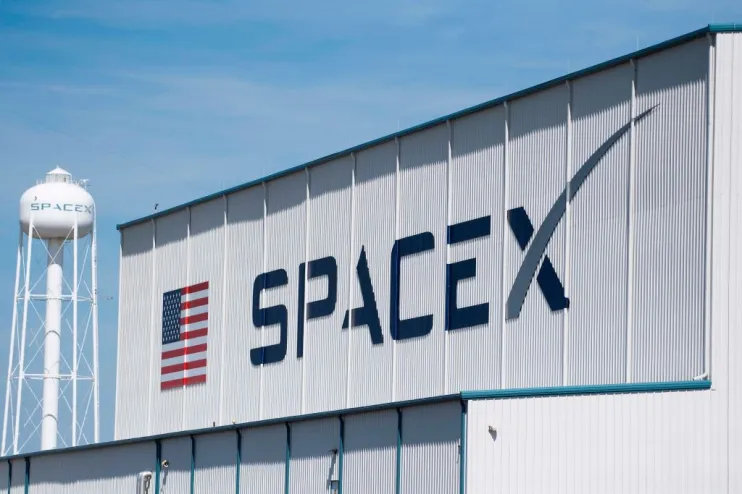European Space Agency spacecraft in near miss with Space X satellite

A European Space Agency (ESA) spacecraft was forced to perform an emergency manoeuvre to avoid a collision with a satellite operated by Elon Musk’s Space X.
The ESA said its Aeolus Earth observation satellite fired its thrusters to move it off a collision course with a satellite in Space X’s Starlink constellation.
Read more: Watch Elon Musk’s Space X Starhopper rocket hit new heights on Texas hover test
The incident, which took place on Monday, marked the first time the ESA has been forced to take evasive action to prevent a crash with a so-called mega constellation.
“Experts in our Space Debris team calculated the risk of collision between these two active satellites, determining the safest option for Aeolus would be to increase its altitude and pass over the Space X satellite,” the organisation said.
“The manoeuvre took place about half an orbit before the potential collision. Not long after the collision was expected, Aeolus called home as usual to send back its science data – proving the manoeuvre was successful and a collision was indeed avoided.”
Experts calculated there was a one in 1,000 chance of a collision, which was significant enough to prompt an intervention.
But the ESA was forced to make the manoeuvre after Musk’s company said it did not plan to move its satellite.
“It would have been nice if there had been more feedback, but we had all the information we needed to make the manoeuvre,” an ESA spokesperson told City A.M.
Space X has previously promoted the automatic collision detection system in its satellites, which enable them to steer away from other spacecraft autonomously.
Read more: Space X launches Falcon Heavy rocket in ‘most difficult’ mission yet
A Space X spokesperson said the company was prevented from issuing further correspondence to the ESA due to a bug in its on-call paging system.
“Space X is still investigating the issue and will implement corrective actions. However, had the Starlink operator seen the correspondence, we would have coordinated with ESA to determine best approach with their continuing with their maneuver or our performing a maneuver,” the spokesperson said.
Main image credit: Getty